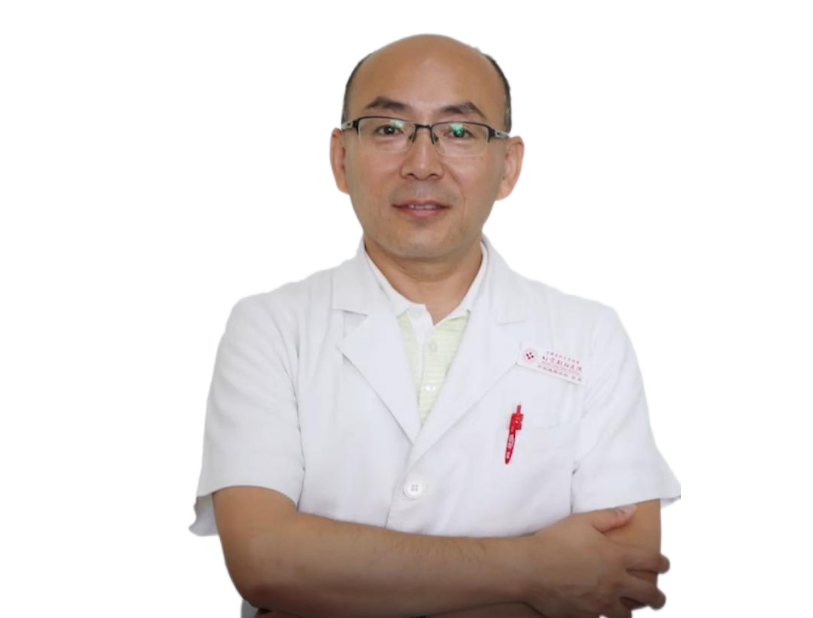What should I do if I experience sudden pain from gallstones?
Sudden pain caused by gallstones may result from high-fat diet stimulation, sudden changes in body position, acute cholecystitis, bile duct obstruction, or biliary colic attacks. The discomfort can be alleviated through dietary adjustments, changing body posture, or medication. However, if the pain persists and is accompanied by high fever or jaundice, immediate medical attention is required.

1. High-fat diet stimulation: Consuming large amounts of fatty foods such as fatty meat or fried foods at one time can trigger intense contraction of the gallbladder, squeezing the stones and causing pain, often manifesting as paroxysmal colicky pain in the upper right abdomen. It is recommended to immediately stop eating high-fat foods, temporarily fast or consume light liquid meals, and drink warm water in moderation to reduce the burden on the gallbladder.
2. Sudden change in body position: When standing up quickly, turning over, or engaging in vigorous exercise, gallstones may shift within the gallbladder and become lodged at the opening of the cystic duct, blocking bile drainage and triggering pain that may radiate to the shoulder and back. It is advised to adjust body position slowly, adopt a knee-bent lateral lying posture, avoid strenuous activity, and observe whether the pain improves.
3. Acute cholecystitis: Gallstones obstructing the cystic duct can lead to bacterial growth and cause inflammation of the gallbladder, resulting in persistent pain in the upper right abdomen, accompanied by nausea, vomiting, and fever. Patients may take medications such as ceftriaxone sodium for injection, ursodeoxycholic acid capsules, and racemic anisodamine tablets under medical guidance to relieve symptoms.
4. Bile duct obstruction: When gallstones dislodge and enter the bile duct, they may block the bile passage, impairing bile excretion and causing severe pain in the middle or upper abdomen, along with yellowing of the skin and eyes (jaundice). Under medical supervision, medications such as piperacillin sodium and tazobactam sodium for injection, ademetionine enteric-coated tablets, and anti-inflammatory and bile-promoting tablets may be used to improve symptoms.
5. Biliary colic attack: Gallstones irritating the smooth muscles of the gallbladder or bile ducts can cause spasms, leading to sudden, severe pain localized in the upper right abdomen, possibly accompanied by profuse sweating and restlessness. Symptom management may include antispasmodic medications such as atropine sulfate injection, meperidine hydrochloride injection, and phloroglucinol injection, taken as prescribed by a doctor.
Daily care should include maintaining a low-fat diet and avoiding overeating; eating regular meals to prevent excessive gallbladder contraction; undergoing regular follow-up examinations to monitor gallbladder condition and stone changes; and maintaining emotional stability while avoiding excessive fatigue.




